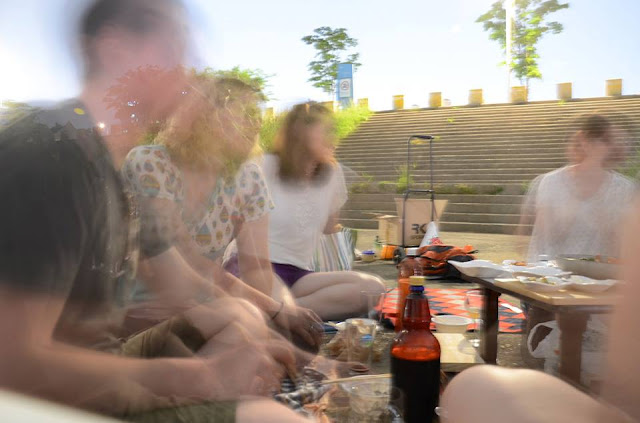The Expat Pantry :: Red Ginseng With Honey
THE ITEM Red Ginseng with Honey Recently we bought this on a whim. It was surprisingly affordable and a pretty color which are two of the most important reasons to try a new food. Plus, red ginseng tastes like dirt which seemed like an interesting flavor profile ...





































